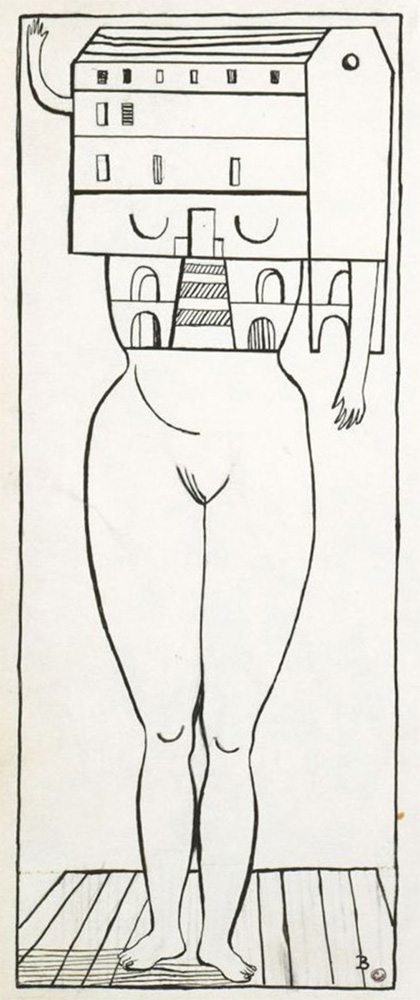Hidden Interiors
Introduction: 18 September 2018, 10 am

Although few of us can afford it, would we all love to live in a late 19th century Jugendstil villa on a broad leafy street, or, would we rather live in an apartment within a hard-core modernist Siedlung in the Weimar Republic. Perhaps our dream is to live in a detached house in a post-war American suburb or would we rather live on the extended horizon of a downtown New York loft that resembles all too closely a contemporary furniture showroom, or an art gallery. Few of us are ever given such a wide choice, and each of these dreams is more than just a specific spatial organisation or a matter of personal preference, homes are also political, each an instrument of social control that usually benefits the political hegemony. A home is also an index that registers how we happen to live, whether we happily comply with the social mores of our time, or whether we are more transgressive. The post-war suburbs of America were effective instruments to encourage private car use and to remove women from the spaces of the productive economy, and yet, they could also be a good hiding place for terrorists and serial killers. Homes are an expression of who we are, and they can also be a constraint to who we want to be.
Architects endlessly discuss the ground plans of apartments and houses, a discourse that quickly becomes rather internal and circular. Nonetheless, the design of interiors and their furnishings, the atmosphere of the places that we make, this is one of the fundamental cores of architecture. There are sub-texts that lie beneath all interiors, informed by gender and control, by economy and class. Contemporary Switzerland is well supplied by a stock of housing that addresses a wide range of the market. Despite its indisputable high quality with regards to space standards, to internal finishes and fittings, there is a growing discussion about its ‘value’, about how productive and happy one can be in the 240cm high interior. I am not sure that the answer lies in double height living rooms and ever more ingenious ground plans. A meaningful and critical discussion about dwelling must engage more fully with the politics of the interior. One must reach deep into past and present discourses to understand the complex and reciprocal relationships between the interior and the society that produced it.
This semester we will study a range of interiors from the 15th century to the present. In the first instance we will refer to different kinds of drawings which in themselves are coded instruments carrying different ideologies. We will study the physical qualities of these interiors, as well as the societies and political conditions that produced them. We will engage with the critical histories about dwelling, the familiar ones written by men in power, and also the alternative stories written by women and other less prevailing actors, stories that have often been supressed. With this broad and deep knowledge, we will attempt to address anew the matter of dwelling well today, designing rooms that embody the most positive qualities of contemporary society, rooms whose atmospheres empower the inhabitant.
Introduction: 18 September 2018, 10 am, HILF65
The integrated discipline Construction is included in this course.
Professor Adam Caruso
Assistants: Reem Almannai, Benjamin Groothuijse, Claudio Schneider, Florian Summa, Kai Zipse